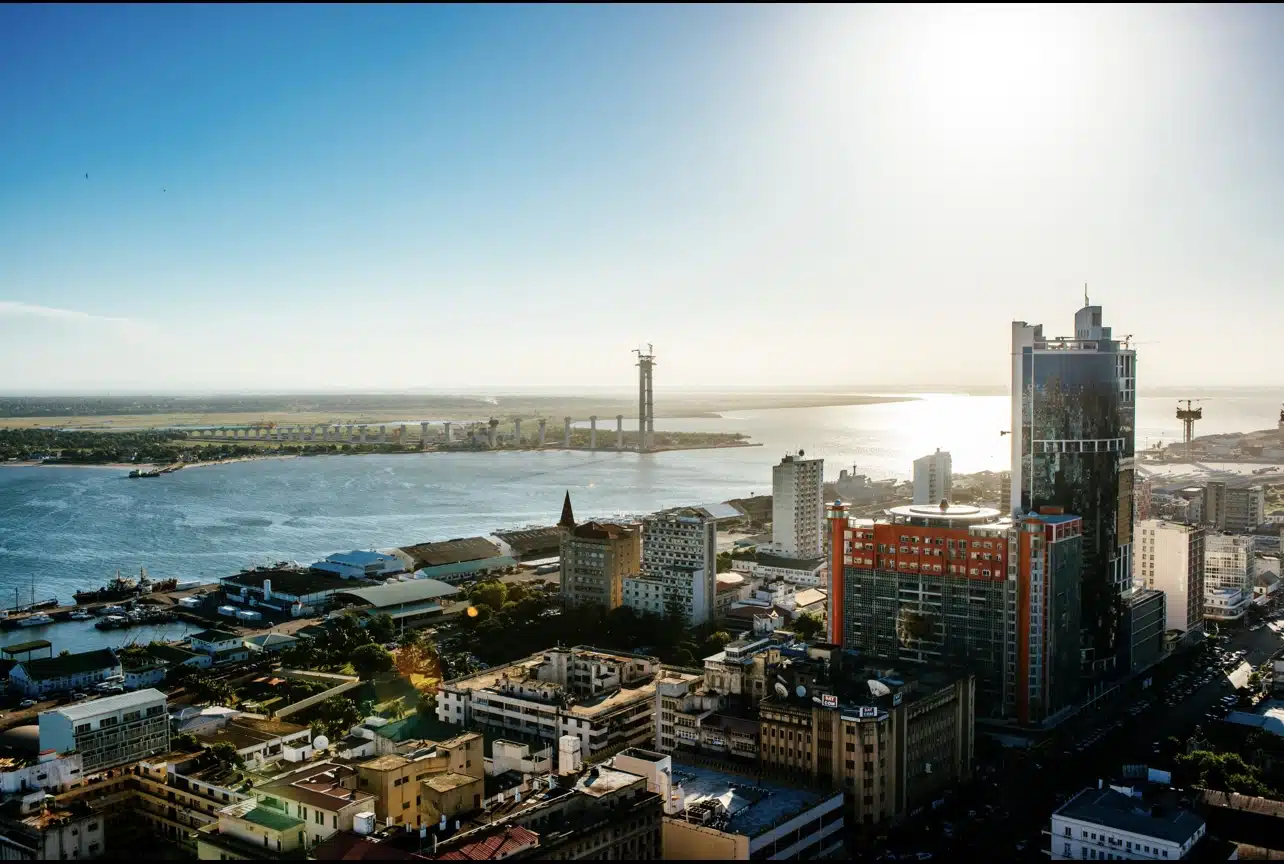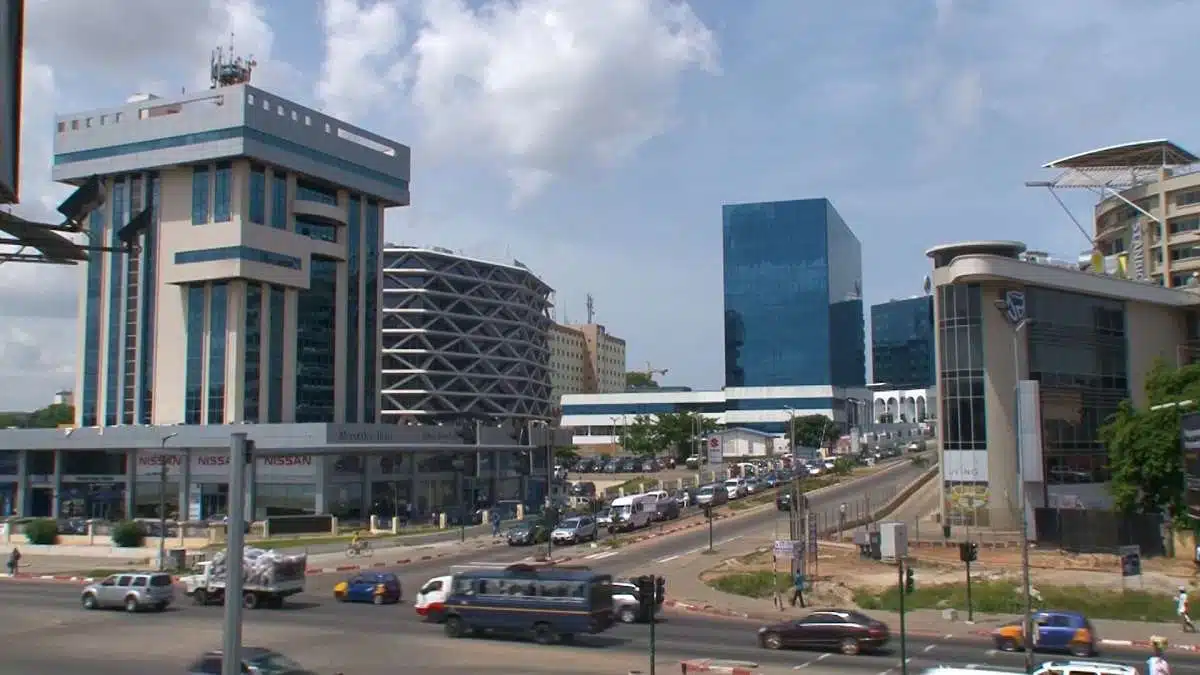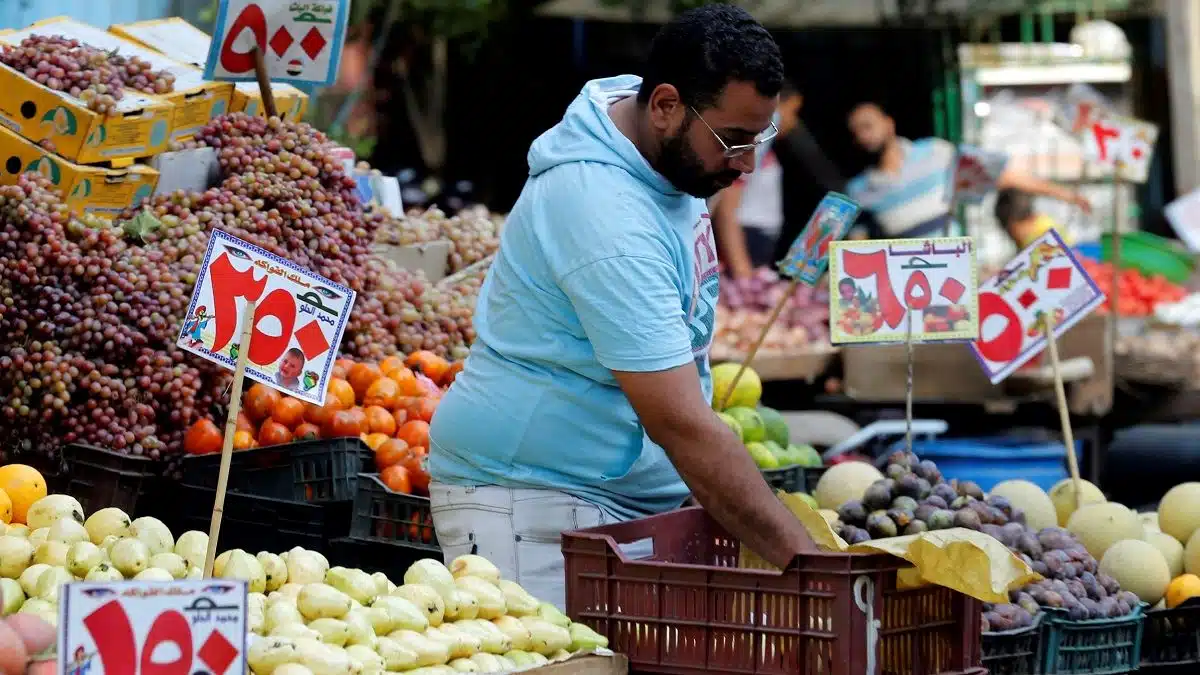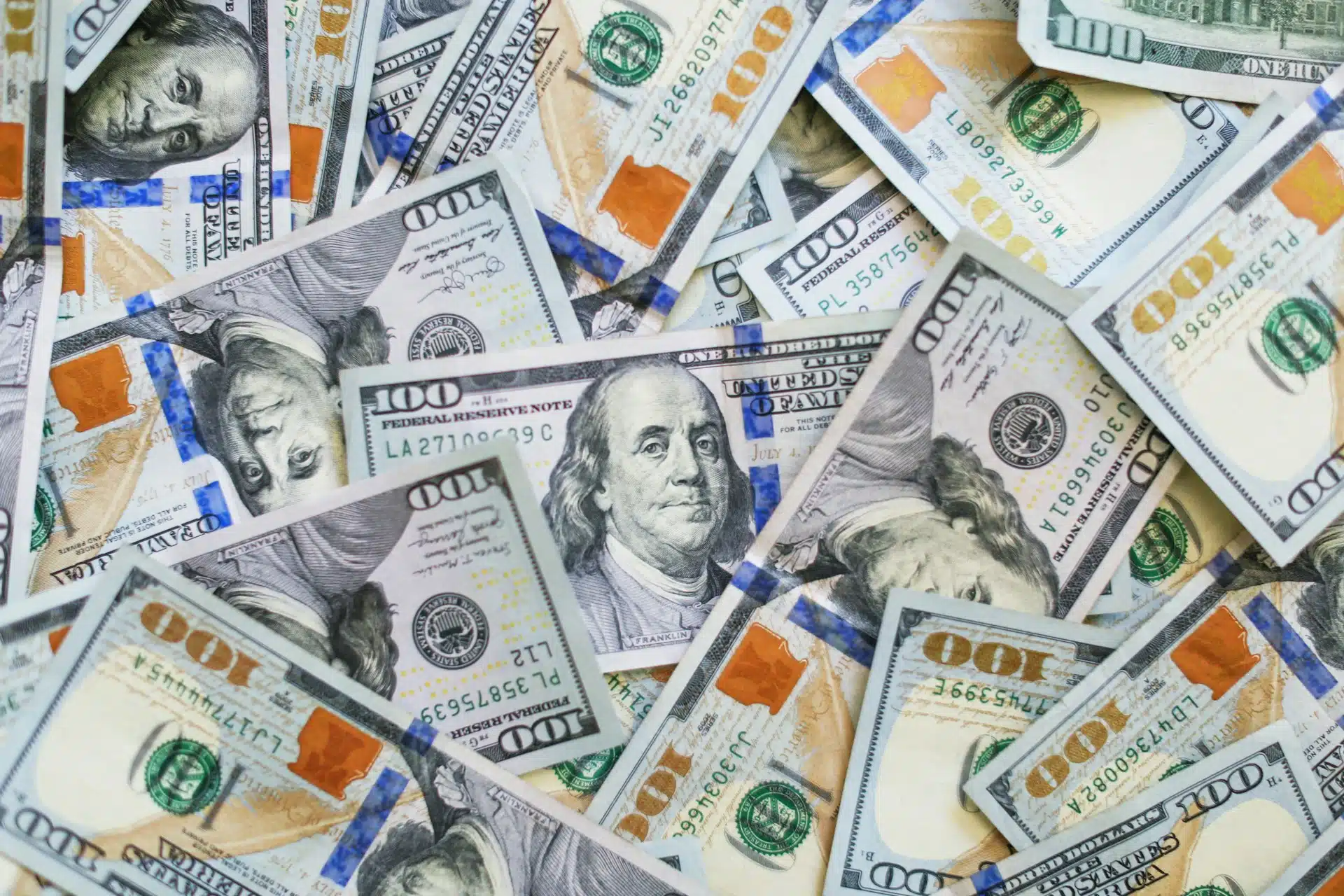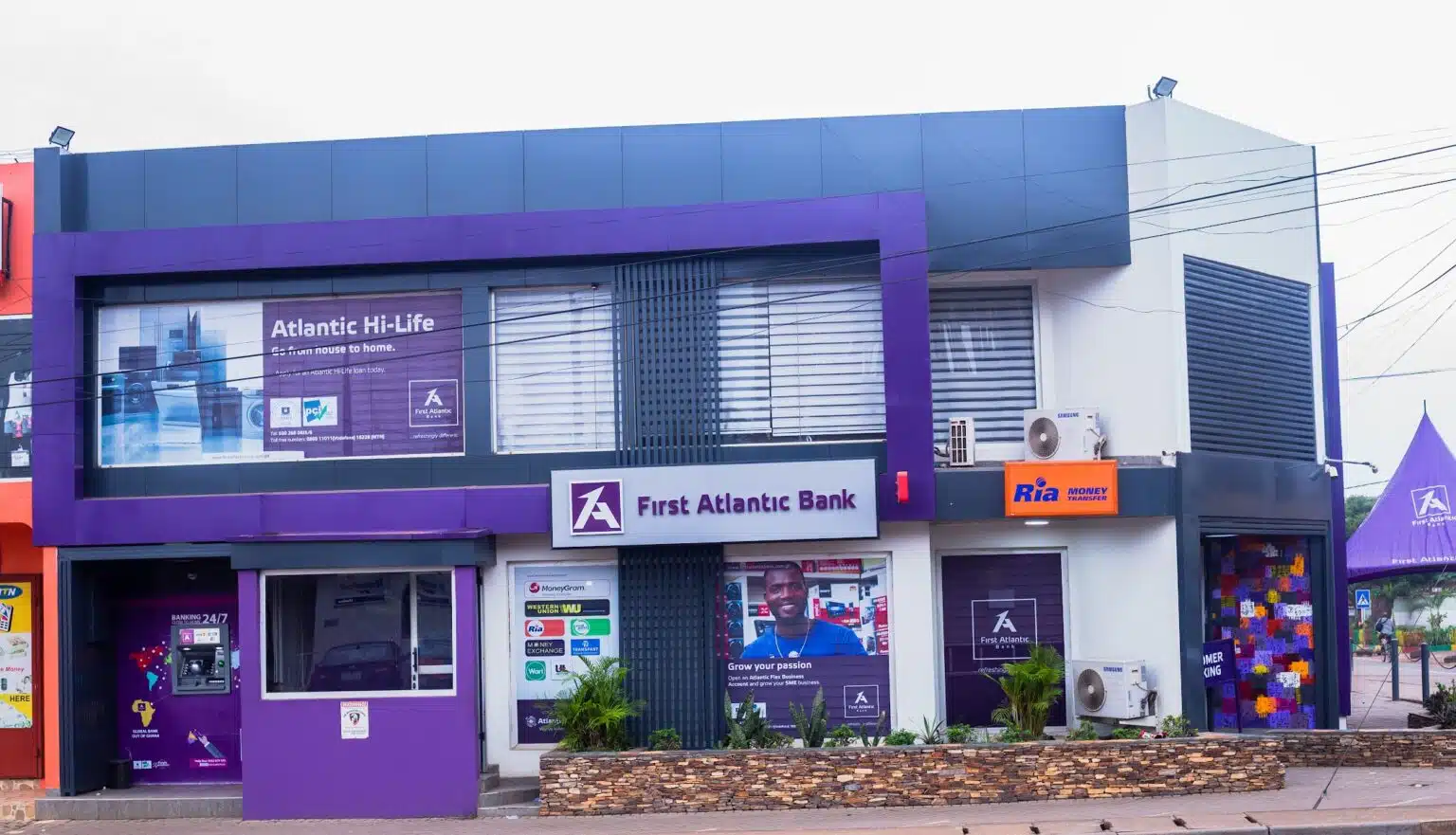Ghana’s economy has surged 5.3% to a new dollar valuation of $135.1 billion, fueled by a sharp rise in gold and cocoa exports and the continued appreciation of the Ghanaian cedi.
The month-on-month expansion was primarily fueled by surging gold and cocoa exports – the country’s top foreign exchange-earners.
Gold export revenues jumped by 40.8%, rising from $3.72 billion in March to $5.25 billion in April, while cocoa exports climbed 22.5%, from $1.50 billion to $1.84 billion over the same period.
This export-driven growth comes amid a steady appreciation of the Ghanaian cedi against major international currencies.
The currency has increased by $21.6 billion year-to-date, accumulating to the $112.9 billion recorded in the full fiscal year 2024.
This cedi’s strengthening has not only bolstered investor confidence but has also amplified the Country’s GDP in comparison to U.S. dollar terms.
For global investors tracking frontier and emerging markets, Ghana’s external sector performance offers positive signals. The strong surge in export earnings has improved fiscal revenues, enhancing the country’s ability to meet debt obligations and finance growth initiatives.
According to Dr Johnson Pandit Asiama, Governor, Bank of Ghana, he said Ghana is able and with a robust cash flow to pay up its debts, which it has already begun.
“Debt payments have not entirely stopped. We are already paying our debts.”
“We have a robust cash flow and a clear schedule of payments stretching into the medium term. Everything is well programmed, and I am confident in our ability to meet these obligations,” the Governor clarified.
Behind the scenes
Between April and March, the Bank repaid $18.45 million, reducing credit outstanding to the International Monetary Fund (IMF) to $3.40 billion, up from $3.42 billion owed, according to the data published by the IMF.
Moreover, the strengthened cedi reduces foreign exchange risks and can make local asset holdings more attractive in real terms.
According to the Minister for Finance, Dr. Mohammed Amin Adam, “There is enough foreign exchange in the system, and we strongly advise against any rush to purchase forex out of panic,” he said.
Gross International Reserve (GIR) surged to $10.7 billion in April 2025, up from $9.4 billion in March 2025.
“Our gross international reserves have seen a notable increase, providing a buffer that supports the stability of our currency,” Dr. Adam noted.
Looking ahead, the maintenance of the Country’s Monetary Policy Rate (MPR) at 28% projects favorable commodity prices and continuing growth for the Cedi



